Herring Under a Fur Coat: A Russian New Year’s Culinary Tradition
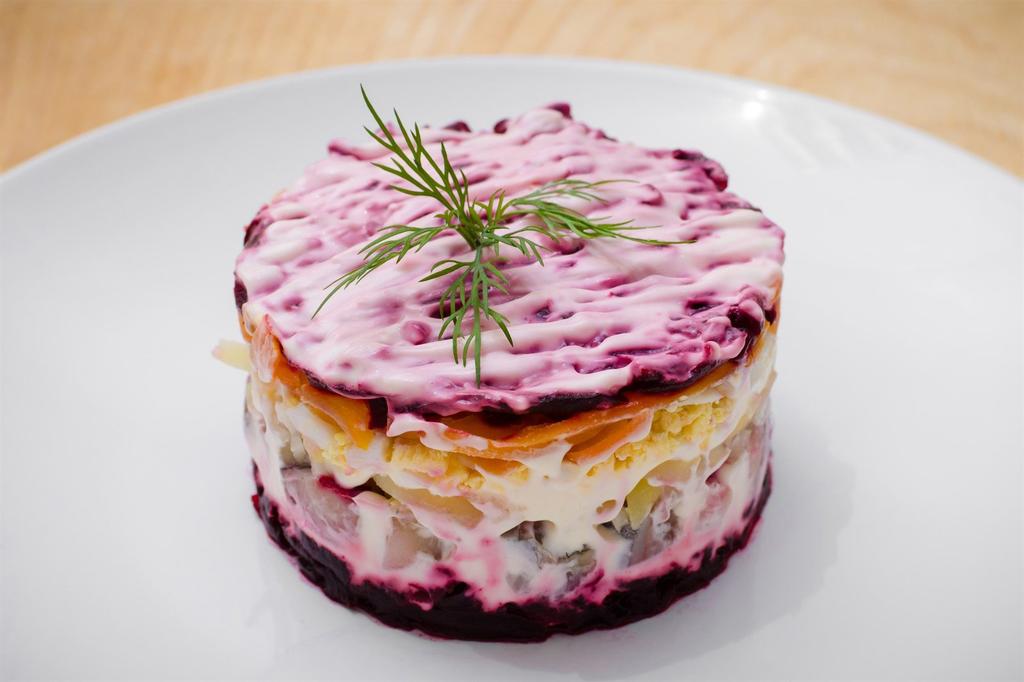
If there is one dish that dominates the Russian New Year’s tradition, it has to be Selyodka pod Shuboi, or Herring Under a Fur Coat. This bright, layered salad has become the standard-bearer of the season throughout the former Soviet Union. Its bright layers of beets, potatoes, carrots, and herring not only bring color to the festive table but also tell a tale of history, innovation, and resilience. Dive into the exciting origins, the legends surrounding its creation, and why this dish keeps finding itself on tables year after year.
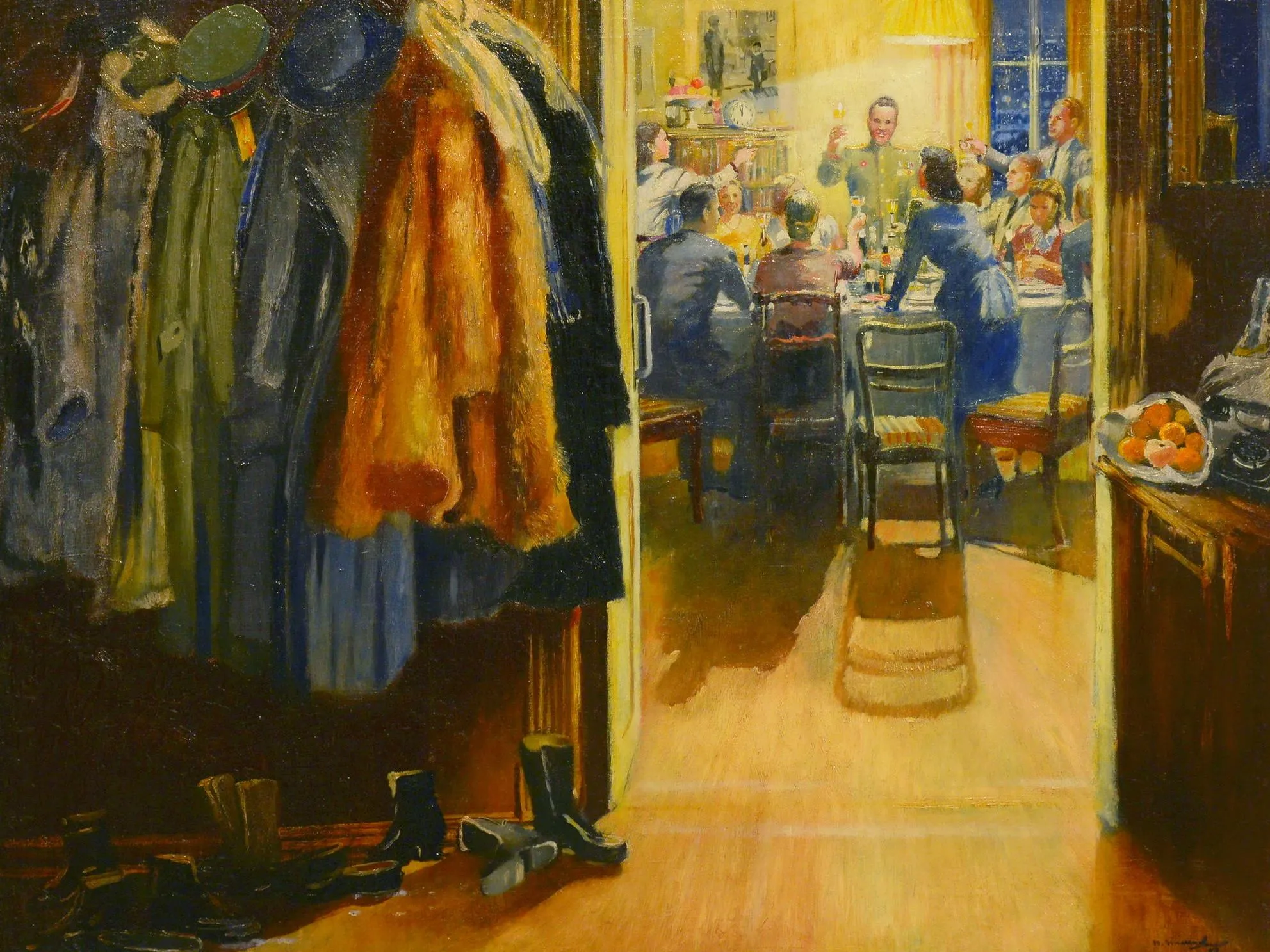
The history of Selyodka pod Shuboi is as layered as the dish itself, tracing its roots back to 19th-century European salads that featured similar combinations of fish and vegetables.
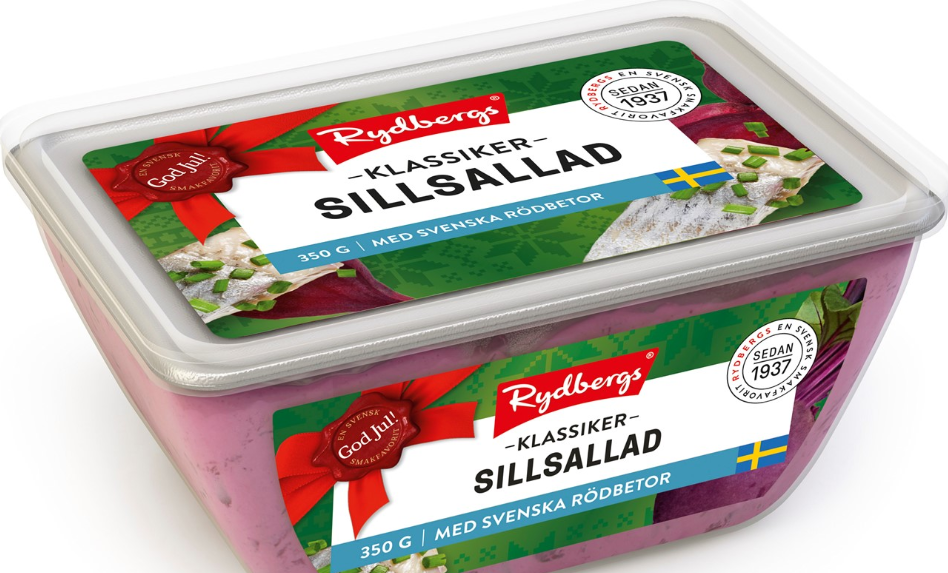
In Scandinavia and Germany, popular herring salads such as Sweden’s Sillsallad already existed. More often than not, these dishes would combine herring with boiled potatoes, beets, eggs, and pickled vegetables, presenting the ingredients in distinct, unmixed layers.
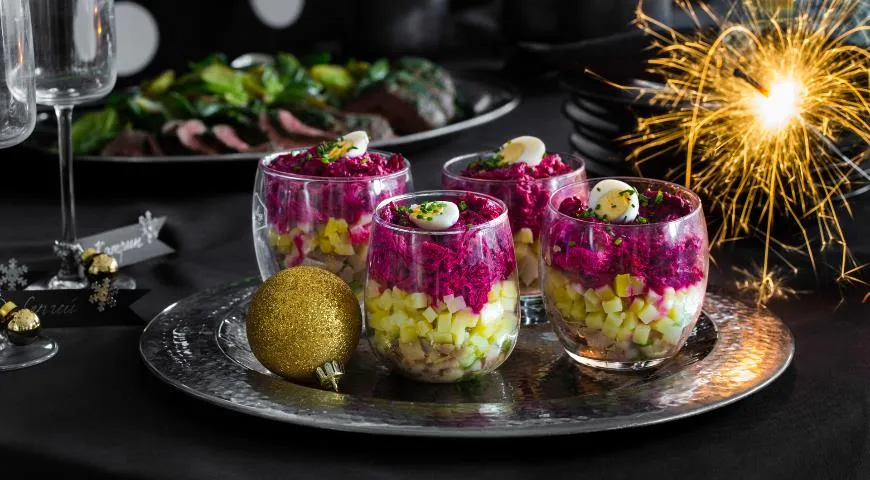
Such salads traveled to Russia, where they were adapted to local tastes and ingredients. In the late 19th century, Russian cookbooks described salads that layered pickled herring with boiled potatoes, carrots, and beets. These were all served cold—dishes underlining simplicity and practicality, qualities that echoed from both the Russian aristocracy and the working class.
One of the more interesting theories traces the salad to the coronation of Alexander III in 1883. According to several accounts, a chef in a Moscow restaurant came up with a dish called “Coronation Gatchina Trout Under a Fur Coat,” which caused quite the scene at the court.
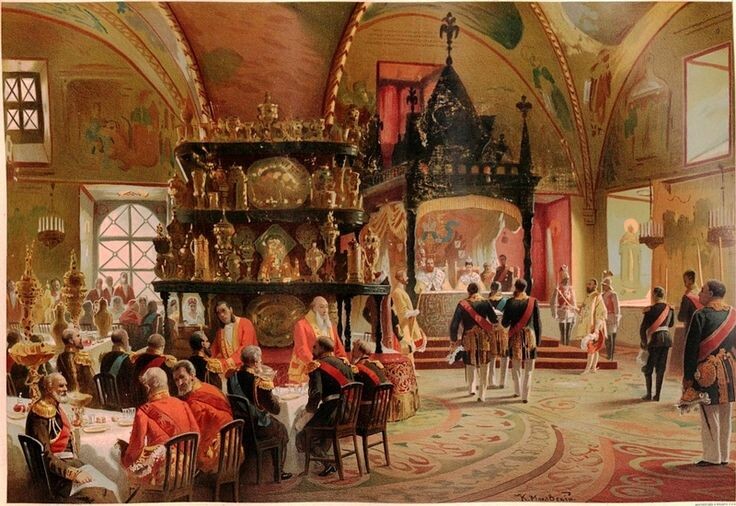
The gaffe stemmed from the dish’s name and presentation inadvertently creating the appearance of a joke or political statement about the empress and her background. The dish, named “Coronation Gatchina Trout Under a Fur Coat,” featured white sauce with dark spots, resembling the ermine-trimmed gown worn by Empress Maria Feodorovna during the coronation. This unintentional visual parallel, coupled with the use of trout imported from Denmark (her birthplace), could be read as a subtle reminder of her foreign origins—potentially inappropriate at a celebration of Russian imperial power.

Additionally, referencing Gatchina, the town near St. Petersburg where the imperial family planned to reside, added a level of specificity that felt overly personal for such a formal occasion. Though unintended, these elements combined to create an awkward moment, as the name seemed too familiar or even mocking for a dish served at such a high-profile event.
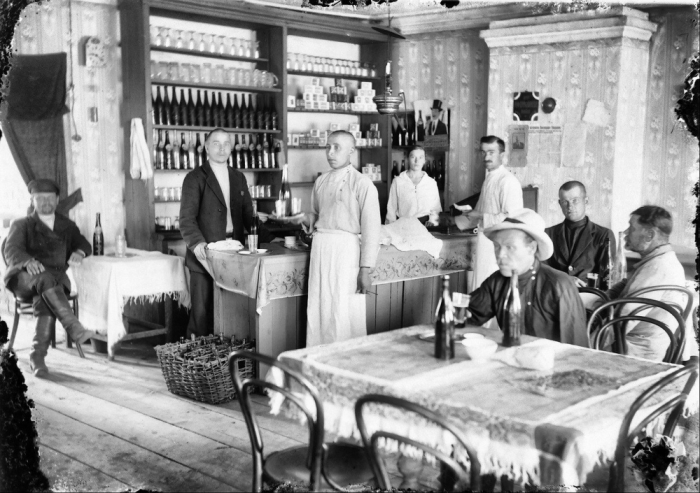
By the early 20th century, Selyodka pod Shuboi had become a quintessentially Russian dish, though its most famous origin story links it to the post-revolutionary years. One popular legend attributes the creation of the dish to a tavern owner named Anastas Bogomilov during the turbulent aftermath of the 1917 October Revolution.
According to legend, Bogomilov had it made in order to assuage political tensions between his patrons, who frequently fought and argued over food shortages and ideological differences. His chef, Aristoslav Prokoptsev, is said to have come up with the dish as a sort of “peace offering.”
Each layer represented something different in Russian society: the herring symbolized the proletariat, the vegetables symbolized the peasantry, and the mayonnaise symbolized the bourgeoisie. In its deep red color, the beet layer paid tribute to the victory of the Red Army. According to this legend, “Shuba” was even said to be an abbreviation of Shovinizmu i Upadku Boykot i Anafema (“To Chauvinism and Decadence, Boycott and Anathema“).
While this is an entertaining tale, there is little in the way of historical evidence. No documents or records prove that Bogomilov ever existed, and culinary historians say the dish most likely developed organically during the Soviet era. The first time it appeared in cookbooks was in the 1960s and 1970s, reflecting the pragmatic and resourceful nature of Soviet cooking.
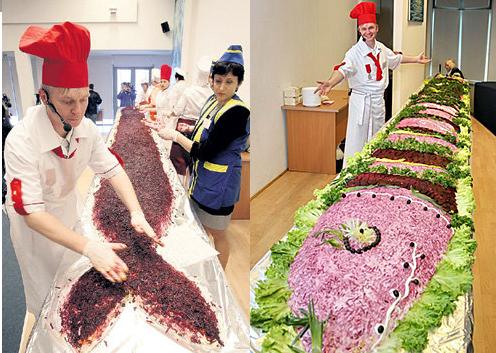
Why has Selyodka pod Shuboi become a New Year’s Eve staple? It’s a dish that’s easy to prepare, filling, and symbolic. In Soviet times, salted herring was affordable and available everywhere, even in times of general scarcity.
The other ingredients—root vegetables, eggs, and mayonnaise—were staples in most households. Together, they created a dish that was filling, festive, and easy to prepare in advance.
But shuba is not just a New Years dish. It is commonly found in Russian, and post-Soviet canteens, called stolovaya, where it sits in crystal bowls near other traditional Russian salads like Olivier and Vinegrette. It can also be found in Russian supermarkets either in the deli section sold by the pound, or in neatly pre-packaged plastic containers.
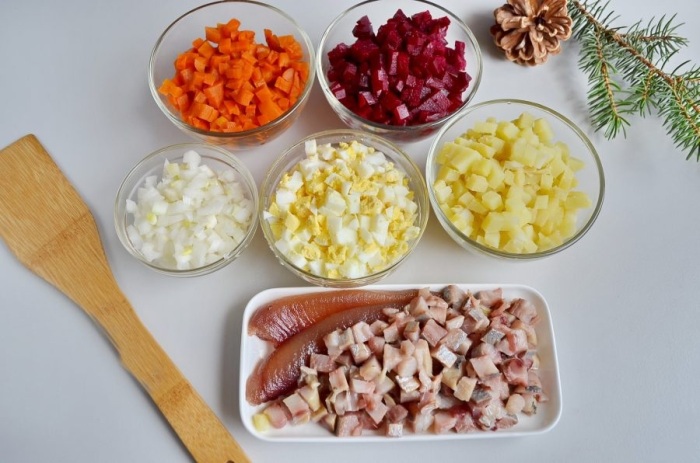
For many, the salad is a symbol of continuity and comfort. Its preparation is usually a family affair, where every generation passes on their own favorite variations. Some add grated apples for sweetness, while others include onions or a layer of gelatin for texture. The result, with its jewel-like beet topping, feels celebratory and nostalgic—a perfect fit for New Year’s Eve.
С Новым годом! Happy New Year!
Sources:
Culture.ru, “История праздничного салата”
Kulturologia.ru, “Непридуманная история селёдки под шубой”
Life.ru, “Что значит ‘шуба’?”